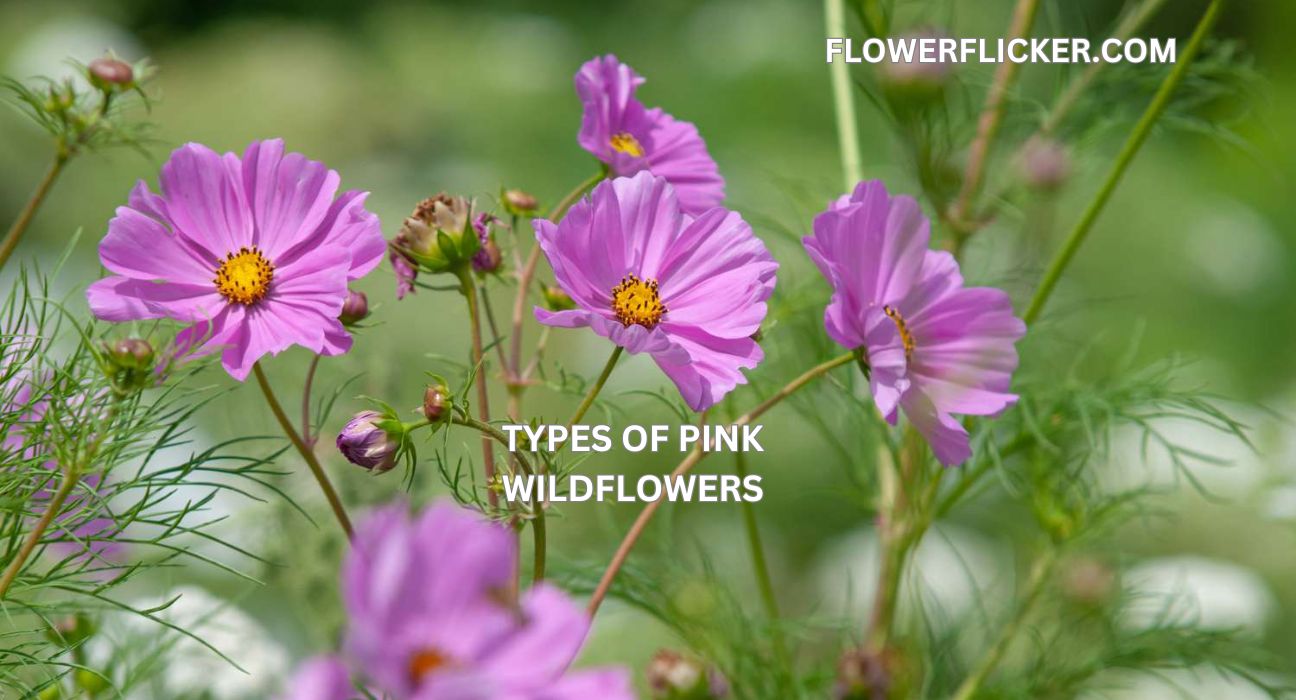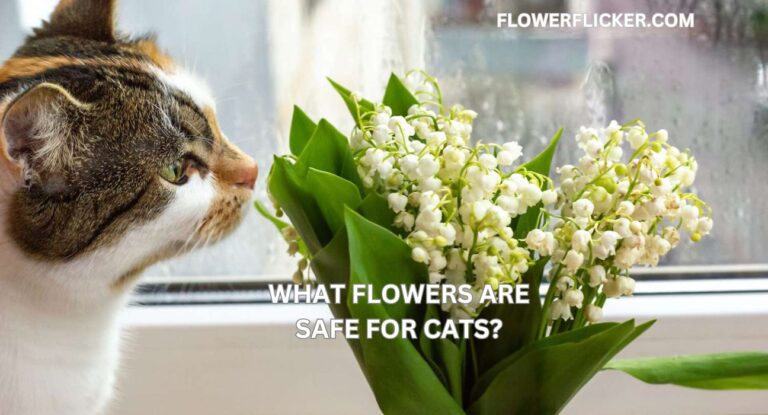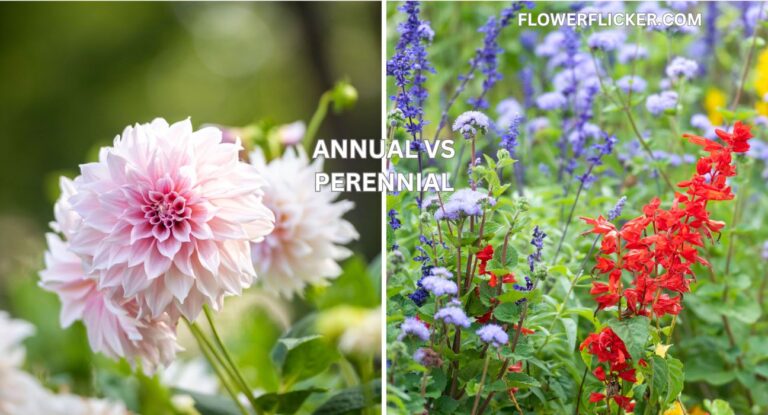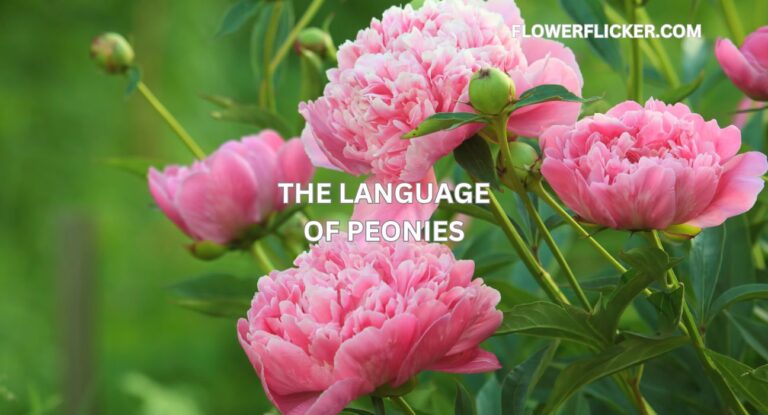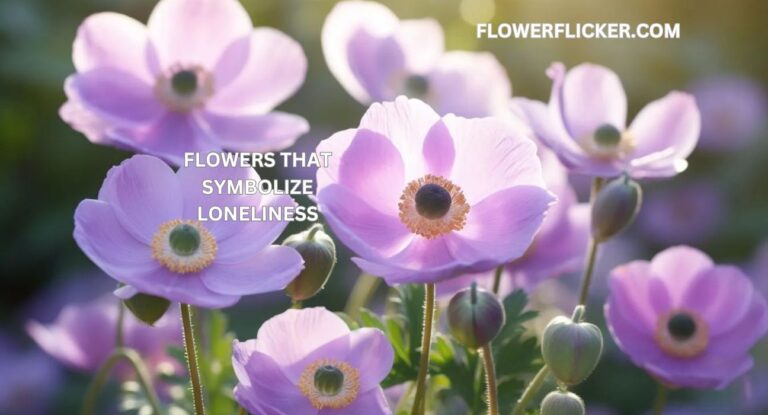Types of Pink Wildflowers: A Guide to Beautiful Native Blooms
Wildflowers add a natural charm to landscapes, and pink wildflowers stand out for their delicate yet vibrant hues. These flowers thrive in diverse environments, from meadows and forests to rocky terrains, playing an essential role in ecosystems. They attract pollinators like bees and butterflies, contributing to the biodiversity of natural habitats. Whether you are a nature lover, a gardener, or simply curious, exploring the types of pink wildflowers will help you appreciate their beauty and ecological value.
Read more: Flowers That Mean Thank You
Introduction
Understanding Pink Wildflowers
Pink wildflowers come in various shapes, sizes, and shades, ranging from bright fuchsia to soft pastel pink. These flowers often bloom in spring and summer, adding a pop of color to wild landscapes. Many of them have adapted to thrive in different climates, from dry deserts to lush grasslands. Their presence in the wild not only enhances the beauty of nature but also supports a thriving ecosystem by providing food for insects and birds.
The Ecological Importance of Wildflowers
Wildflowers play a crucial role in maintaining ecological balance by offering nectar and pollen to pollinators. Bees, butterflies, and hummingbirds rely on wildflowers for sustenance, which in turn supports food production and biodiversity. Additionally, wildflowers help prevent soil erosion by stabilizing the land with their deep root systems. By conserving and planting pink wildflowers, people can contribute to preserving natural habitats and maintaining healthy ecosystems.
Common Types of Pink Wildflowers
Showy Lady’s Slipper (Cypripedium reginae)
The Showy Lady’s Slipper is one of the most stunning pink wildflowers, known for its large pink-and-white petals. This rare orchid thrives in wetlands and shaded forests, taking years to bloom, making it highly treasured. It has become a symbol of conservation due to habitat loss, and efforts are being made to protect this delicate species. The Showy Lady’s Slipper is Minnesota’s state flower and is admired for its unique shape and striking beauty.
Pale Purple Coneflower (Echinacea pallida)
The Pale Purple Coneflower features drooping pink petals surrounding a dark cone-shaped center. It is widely recognized for its medicinal properties and ability to attract bees, butterflies, and hummingbirds. This wildflower thrives in dry prairies and is drought-resistant, making it an excellent choice for native plant gardens. Its long blooming period ensures that pollinators have access to nectar throughout the growing season.
Pink Evening Primrose (Oenothera speciosa)
Pink Evening Primrose is a low-growing wildflower with soft pink petals and a bright yellow center. It spreads rapidly, covering fields, roadsides, and gardens with beautiful pink blooms. This wildflower prefers sandy or well-drained soil and thrives in full sunlight. It is not only a visual delight but also a vital nectar source for bees and other insects, making it an important plant for pollinator conservation.
Deptford Pink (Dianthus armeria)
Deptford Pink is a small yet striking wildflower with bright pink star-shaped petals. It grows in open fields, roadsides, and meadows, often blending beautifully with other native wildflowers. This species is commonly mistaken for a cultivated garden flower due to its vivid color and delicate appearance. Despite its beauty, Deptford Pink is considered endangered in some regions, requiring conservation efforts to protect its natural habitats.
Maiden Pink (Dianthus deltoides)
Maiden Pink is a charming wildflower with tiny fringed pink petals that flourish in rocky and grassy areas. It is known for its resilience, thriving in well-drained soil and adapting well to different climates. This flower is often used in wildflower meadows and cottage gardens for its aesthetic appeal. Maiden Pink attracts butterflies and bees, contributing to pollination and ecological diversity in natural landscapes.

Regional Varieties of Pink Wildflowers
Pink Wildflowers of Minnesota
Minnesota is home to several pink wildflowers, including the Showy Lady’s Slipper and Wild Bergamot. These flowers thrive in wetlands, prairies, and woodlands, providing food and shelter for pollinators. The cool climate of the state allows these species to flourish during spring and summer. Efforts to protect native wildflowers in Minnesota help maintain the state’s rich biodiversity.
Pink Wildflowers of Colorado
Colorado’s mountainous terrain is home to Alpine Primrose, Fireweed, and Rosy Paintbrush, all of which display striking pink hues. These flowers are adapted to high altitudes, where they withstand harsh conditions, including cold temperatures and strong winds. Many pink wildflowers in Colorado bloom in alpine meadows and along hiking trails, offering breathtaking views for nature enthusiasts. Their ability to thrive in extreme climates makes them a symbol of resilience and beauty.
Pink Wildflowers of the Pacific Northwest
The Pacific Northwest is known for its lush landscapes, which support pink wildflowers such as Bleeding Heart and Rosy Plectritis. These species prefer damp forests, riverbanks, and coastal meadows, thriving in the region’s mild, rainy climate. They play a crucial role in supporting pollinators, especially bees and butterflies that rely on nectar-rich flowers. Protecting these native species helps sustain the biodiversity of the Pacific Northwest.
Read More: Flowers That Mean Purity
Growing Pink Wildflowers in Your Garden
Selecting the Right Species for Your Region
Choosing the right wildflowers for your region ensures better growth and sustainability. Native pink wildflowers are adapted to local climates and require less maintenance than non-native species. Researching native plants and selecting species that thrive in your area helps create a balanced and environmentally friendly garden.
Soil Preparation and Planting Tips
Preparing the soil properly improves the chances of wildflower success. Loose, well-drained soil with added organic matter provides the best conditions for growth. Wildflower seeds should be sown directly into the soil in early spring or fall, mimicking their natural germination process. Watering the seeds lightly and allowing natural rainfall to nourish them ensures strong and healthy growth.
Maintenance and Care for Wildflower Gardens
Once established, pink wildflowers require minimal care but benefit from occasional watering during dry periods. Avoid using chemical fertilizers and pesticides, as they can harm pollinators and disrupt the ecosystem. Allowing wildflowers to reseed naturally ensures a continuous bloom cycle, making your garden self-sustaining and full of life.
Benefits of Pink Wildflowers
Attracting Pollinators
Pink wildflowers provide an essential nectar source for bees, butterflies, and hummingbirds. By planting native species, you create a habitat that supports pollinators and contributes to a healthier ecosystem. The vibrant pink blooms also add color to gardens while serving an ecological purpose.
Enhancing Biodiversity
Wildflowers support a diverse range of insects, birds, and small mammals. Their presence helps balance ecosystems and provides food and shelter for different species. Encouraging the growth of pink wildflowers in natural spaces and gardens promotes environmental conservation.
Aesthetic Appeal in Landscaping
Incorporating pink wildflowers into landscaping designs enhances the beauty of gardens and outdoor spaces. Their natural charm creates a picturesque setting that changes with the seasons. Whether grown in meadows, borders, or containers, pink wildflowers bring life and color to any environment.
Conservation of Pink Wildflowers
Threats to Wildflower Habitats
Wildflower populations are declining due to habitat destruction, climate change, and urbanization. The loss of natural meadows and prairies threatens the survival of many native pink wildflowers. Protecting these habitats ensures the continued existence of these beautiful species.
Efforts in Wildflower Preservation
Conservation groups work to restore wildflower habitats by planting native species and protecting endangered flowers. Seed banks and botanical gardens play a vital role in preserving genetic diversity. Supporting these efforts helps protect wildflowers for future generations.
How to Support Wildflower Conservation
Individuals can contribute by planting native pink wildflowers, reducing pesticide use, and participating in local conservation projects. Educating others about the importance of wildflowers encourages widespread efforts to protect natural ecosystems. Small actions, such as allowing wildflowers to grow in gardens and public spaces, make a big difference.
Wild Geranium (Geranium maculatum): A Hardy Pink Wildflower
Wild Geranium is a delicate yet resilient pink wildflower that thrives in woodlands and meadows. Its five-petaled flowers bloom from late spring to early summer, attracting pollinators like bees and butterflies. This species adapts well to different soil types and requires minimal maintenance, making it ideal for wildflower gardens. Wild Geraniums are not only beautiful but also beneficial for preserving local biodiversity.
Fireweed (Chamerion angustifolium): A Bright Pink Bloom for Open Fields
Fireweed is a tall pink wildflower commonly found in open meadows, roadsides, and recently burned areas. Its vibrant pink blossoms grow in clusters along tall stalks, making it easy to spot in the wild. This wildflower plays an essential role in ecological restoration, helping to stabilize soil and provide food for pollinators. Fireweed is also known for its medicinal uses, often brewed into herbal teas with soothing properties.
Swamp Milkweed (Asclepias incarnata): A Pollinator-Friendly Wildflower
Swamp Milkweed is a pink wildflower that thrives in wetland areas, supporting monarch butterflies and other pollinators. Its small pink blossoms form clusters, releasing a pleasant fragrance that attracts bees and hummingbirds. Unlike common milkweed, Swamp Milkweed prefers moist soil, making it a great choice for rain gardens and pondsides. Growing this flower helps sustain monarch populations by providing an essential habitat for their larvae.
Bleeding Heart (Dicentra spectabilis): A Unique Pink Wildflower
Bleeding Heart is a distinctive wildflower with heart-shaped pink petals that dangle from arching stems. It is often found in shaded forests and thrives in moist, well-drained soil. This perennial wildflower blooms in spring, creating an enchanting display in natural landscapes and gardens. Its soft pink blossoms symbolize love and admiration, making it a favorite among flower enthusiasts.
Crown Vetch (Securigera varia): A Spreading Pink Wildflower
Crown Vetch is a fast-spreading wildflower known for its clusters of small pink flowers. It grows along roadsides, slopes, and open fields, acting as ground cover to prevent soil erosion. This wildflower is highly adaptable and requires little maintenance, making it a practical choice for large areas. While beautiful, Crown Vetch can become invasive, so it is important to monitor its growth in controlled environments.

Conclusion
Pink wildflowers bring beauty, biodiversity, and ecological benefits to natural landscapes and gardens. From the rare Showy Lady’s Slipper to the hardy Evening Primrose, these flowers enhance the environment and support pollinators. Learning about the types of pink wildflowers helps foster an appreciation for nature and encourages conservation efforts to protect these delicate yet vital blooms.
Read More: Flowers That Mean Goodbye
Frequently Asked Questions
What are the most common types of pink wildflowers?
Some of the most common pink wildflowers include Showy Lady’s Slipper, Pale Purple Coneflower, Pink Evening Primrose, Wild Geranium, and Fireweed.
Where do pink wildflowers usually grow?
Pink wildflowers grow in meadows, forests, wetlands, and rocky terrains, depending on the species and climate conditions.
Which pink wildflowers attract pollinators?
Swamp Milkweed, Fireweed, and Pale Purple Coneflower attract bees, butterflies, and hummingbirds due to their nectar-rich flowers.
Can I grow pink wildflowers in my garden?
Yes, you can grow pink wildflowers like Wild Geranium, Maiden Pink, and Bleeding Heart by planting them in well-drained soil with proper sunlight.
What pink wildflowers are native to North America?
Native North American pink wildflowers include Showy Lady’s Slipper, Crown Vetch, Fireweed, and Pink Evening Primrose.
Do pink wildflowers bloom year-round?
Most pink wildflowers bloom in spring and summer, but some species, like Fireweed, continue flowering into early fall.
Which pink wildflowers grow in high-altitude regions?
Alpine Primrose and Fireweed thrive in high-altitude regions, adapting to cooler temperatures and rocky soil.
How do pink wildflowers help the environment?
Pink wildflowers support pollinators, prevent soil erosion, and contribute to biodiversity by providing habitat for insects and small animals.
Are pink wildflowers easy to maintain?
Many pink wildflowers, such as Crown Vetch and Wild Geranium, require minimal care and thrive in natural settings without much intervention.
What pink wildflowers are considered rare or endangered?
The Showy Lady’s Slipper is a rare and protected pink wildflower due to habitat destruction and overharvesting.

